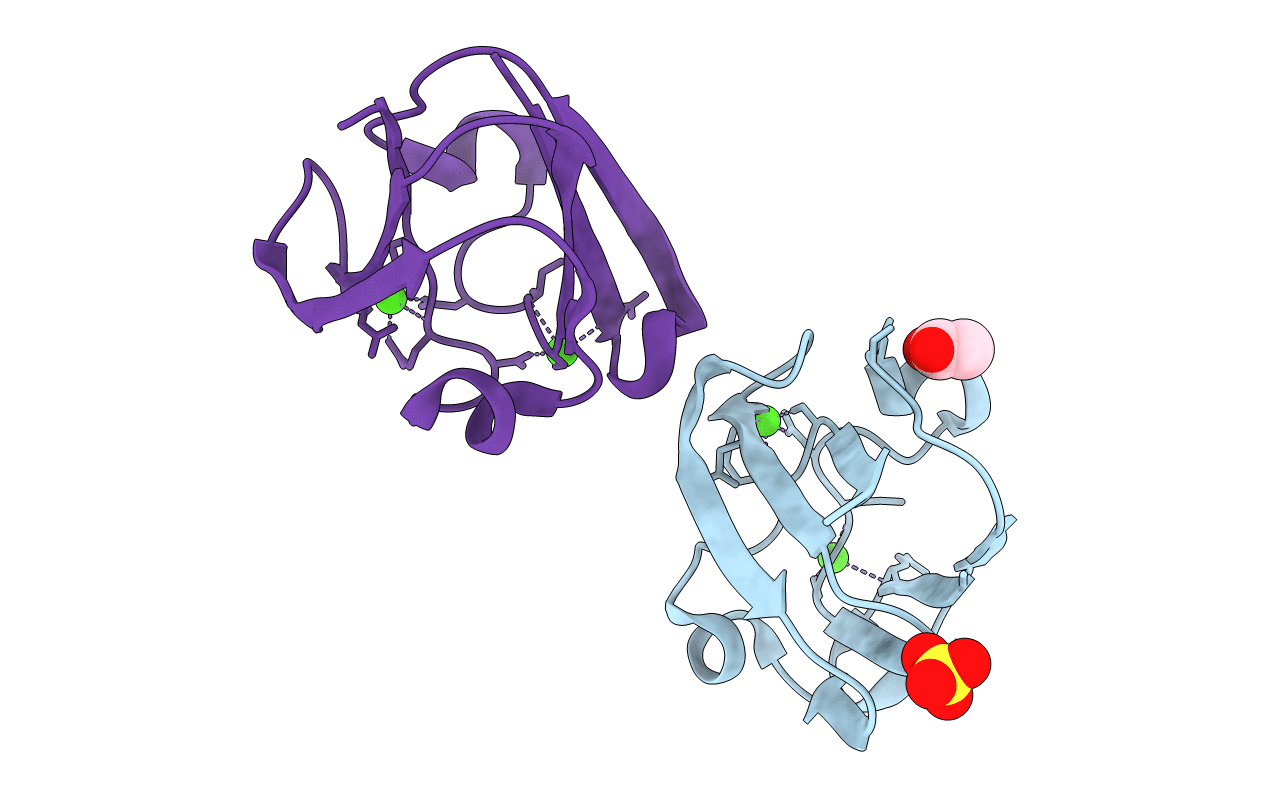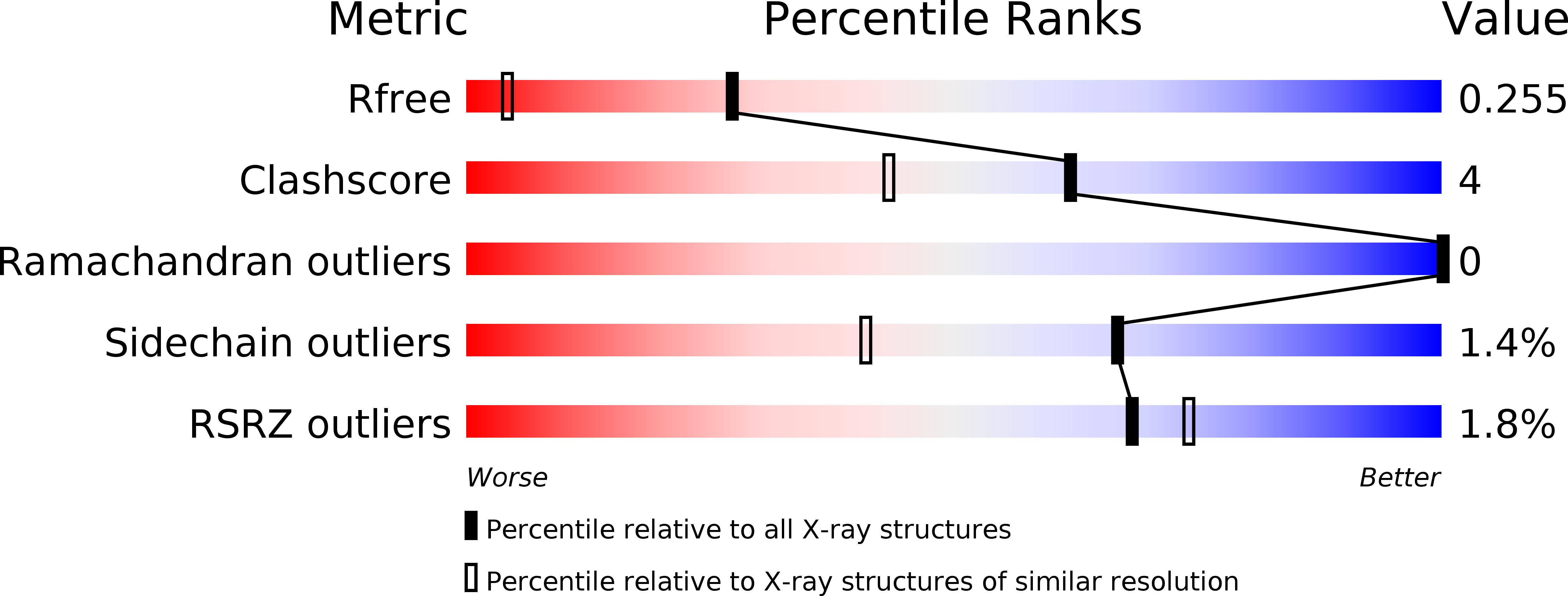
Deposition Date
2005-06-21
Release Date
2005-09-29
Last Version Date
2023-12-13
Method Details:
Experimental Method:
Resolution:
1.55 Å
R-Value Free:
0.24
R-Value Work:
0.16
R-Value Observed:
0.17
Space Group:
C 1 2 1


